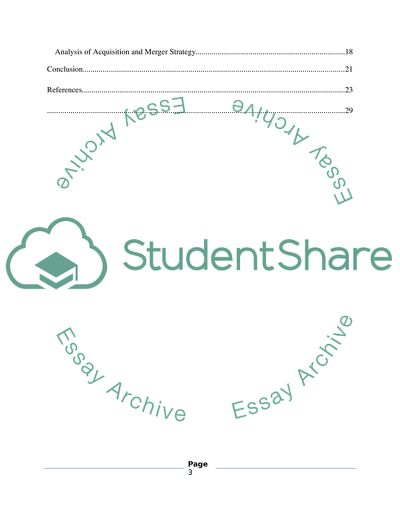Cite this document
(Vodafone International Marketing Strategy Case Study, n.d.)
Vodafone International Marketing Strategy Case Study. Retrieved from https://studentshare.org/marketing/1752811-vodafone-international-marketing-strategy
Vodafone International Marketing Strategy Case Study. Retrieved from https://studentshare.org/marketing/1752811-vodafone-international-marketing-strategy
(Vodafone International Marketing Strategy Case Study)
Vodafone International Marketing Strategy Case Study. https://studentshare.org/marketing/1752811-vodafone-international-marketing-strategy.
Vodafone International Marketing Strategy Case Study. https://studentshare.org/marketing/1752811-vodafone-international-marketing-strategy.
“Vodafone International Marketing Strategy Case Study”, n.d. https://studentshare.org/marketing/1752811-vodafone-international-marketing-strategy.


